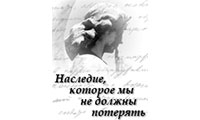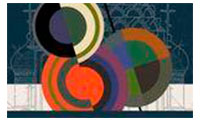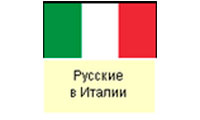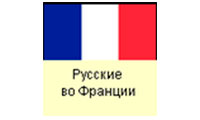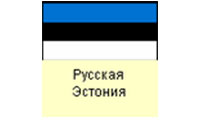Konstantin Pavlov
Constantine Pavlov (27th of May 1907, Jekabpils, Russian Empire – 25th of January 1976, Riga, Latvian SSR) – a famous icon painter, an anagnoste of the Riga Grebenshchikov Old believers' community.
C. Pavlov was born in an Old believers' family. His brother Mikhail was 5 years younger. Their father Anisim owned a small shop in the village of Brodi, by Jēkabpils. He was a wealthy and understanding member of the Old believers' community of Jēkabpils, however, he died when Constantine was only 6 years old. For their widowed mother, who lost everything after the fire, was very difficult to support her sons. The help was received from ordinary people and the Old believers' community. In 1925 Constantine Pavlov came to Riga and enrolled into a technical college, where he had studied for 2 years. At that time, he lived by the Riga Grebenshchikov Old believers' community and served as a choirboy by the Assumption church. After having served in Latvian army, in 1930 C. Pavlov became a paid singer of the community, as well as one of the founders of the Society of Preservers of Old Russian History (1927) and was its active participant.
In 1928, by the initiative of the mebers of the Society of Preserves of Old Russian History, by the Riga Grebenshchikov Old believers' community was established an icon-painting work shop. In 1930 Constantine Pavlov started working there.
He painted and restored many icons. In 1933 he restored the icons at the Old believers' church in Voitiški. In 1935-1936 he had been restoring the iconostasis at the Old believers' chapel of the Assumption of the Godmother in Jelgava. He was also receiving orders from private persons. For example, in 1936 Pavlov painted two icons for the consul of the USA in Latvia L. Meier: of St. Lawrence and St. Andrew th First-Called.
Pavlov also had a large collection of books, old icons and photos of ancient icons, which he thoroughly studied.
In 1930ies C. Pavlov worked as a teacher at the sunday school by the Riga Grebenshchikov Old believers' community.
In the October of 1938 C. Pavlov married Ludmila Trifonova, the youngest daughter of a well-known wealthy Riga landlord and former chairman of the Council of the Grebenshchikov Old believers' community Anany Trifonov (1851-1937). In this marriage two sons were born, however, the war, as well as Soviet and Nazi occupations, almost ruined the family. In order to avoid conscription into the Latvian Legion, Pavlov started working as a draftsman in the railroad department. However, this did not help. He did not manage to avoid the conscription. Once, when he arrived home during his leave he discovered, that his wife, together with the children and her mother, left for Germany. After the capitulation of the Nazi Germany, Soviet authorities arrested C. Pavlov and sent him to a prison camp in Vorkuta. Fortunately, his medical knowledge became very useful there, and he became a medical assistant. Since he practically did not fight against the Soviets and did not hold weapons, very soon (1947) Pavlov was released. He returned to the Riga Grebenshchikov Old believers' community.
In 1950 C. Pavlov became a canonarch of the community. He continued icon painting, but not as much as before.
On 25th of January 1976 Constantine Pavlov died at the age of 69 years old, after having served in the Riga Grebenshchikov Old believers' community for almost 40 years.
Illarion Ivanov
Sources of information:
Старообрядческий церковный календарь на 1977 год. – Рига, с.77.
Александрова Виктория. Иконописец Константин Анисимович Павлов. – Поморский Вестник, 2005 г., № 18, с. 37-38.
Емельянов Александр. Запись воспоминаний. – Поморский Вестник, 2005 г., № 18, с.8.
Александрова Виктория. Павлов К. А. - Староверие Балтии и Польши - Вильнюс: Aidai, 2005, с. 274-275.
Иконописцы в Латвии (XVIII в.–1944 г.). Сб. статей. Составитель С.А. Журавлев. – Рига: «Улей», 2003.
Иконопись Латвии. XX-XXI вв. Проспект выставки. – Рига, 2009.





